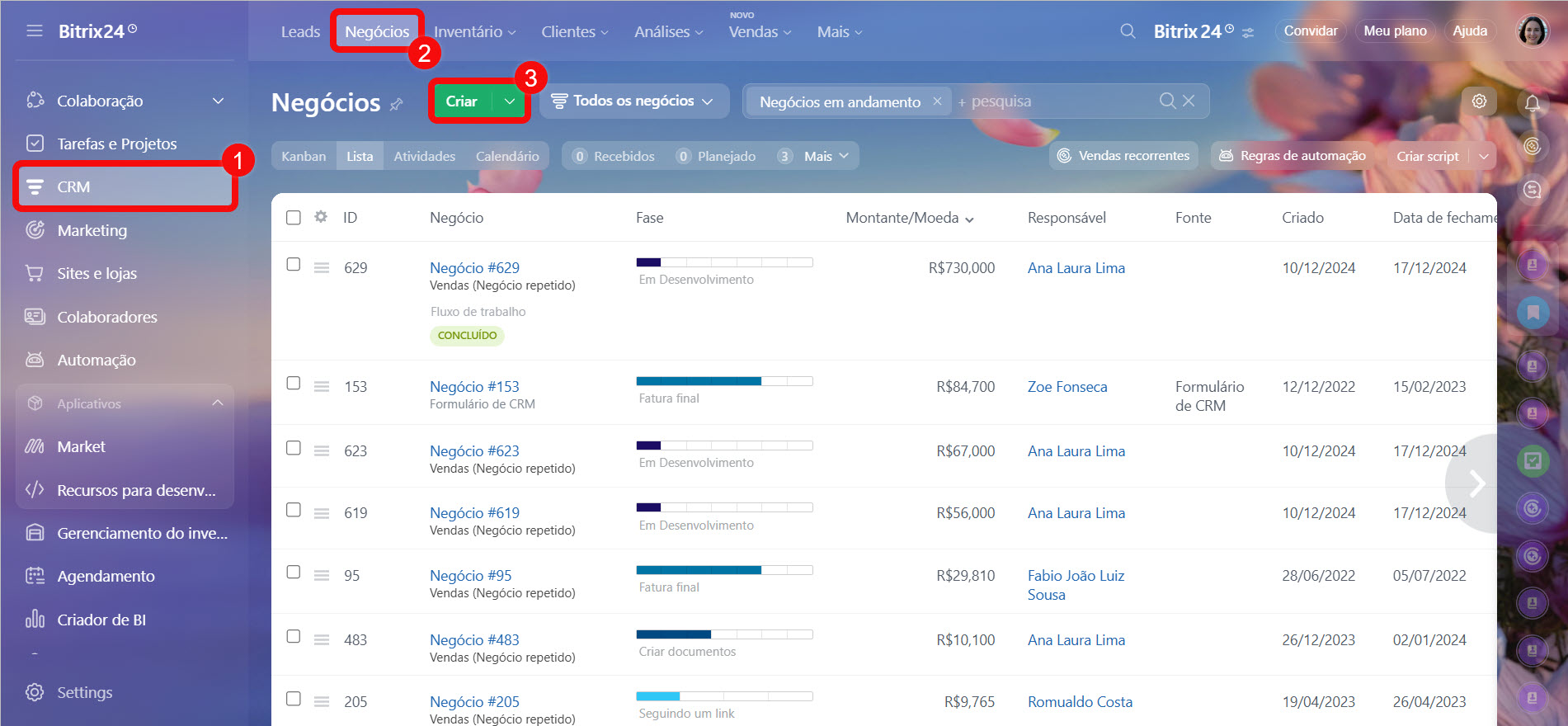
The Power of Now: CRM for Real-Time Team Collaboration
In today’s fast-paced business landscape, the ability to respond instantly and work together seamlessly is no longer a luxury—it’s a necessity. Customer Relationship Management (CRM) systems have evolved from simple contact databases into powerful platforms that can fuel real-time team collaboration, driving efficiency, improving customer experiences, and ultimately boosting the bottom line. This article explores how a modern CRM, when leveraged effectively, can transform the way teams collaborate and achieve unprecedented levels of success.
The Evolution of CRM and the Rise of Collaboration
Historically, CRM systems were primarily focused on storing and managing customer data. Sales teams used them to track leads, marketing teams used them to segment audiences, and customer service teams used them to log interactions. However, these functions were often siloed, leading to fragmented customer experiences and missed opportunities.
The advent of cloud computing, mobile technology, and social media changed the game. Suddenly, customers expected immediate responses, personalized interactions, and seamless experiences across all channels. To meet these demands, CRM systems had to evolve beyond simple data repositories and become collaborative hubs that enabled teams to work together in real time.
What is Real-Time Team Collaboration in CRM?
Real-time team collaboration in CRM refers to the ability of multiple team members to access, share, and update customer information simultaneously, enabling them to work together on tasks and projects in real time. This includes:
- Instant Messaging and Chat: Integrated chat features allow team members to communicate instantly within the CRM, discussing customer issues, sharing insights, and coordinating actions.
- Shared Documents and Notes: Teams can collaborate on documents, proposals, and notes directly within the CRM, ensuring everyone has access to the latest information.
- Real-Time Activity Feeds: Activity feeds provide a live stream of customer interactions, sales updates, and marketing campaign results, keeping everyone informed and aligned.
- Task Management and Assignment: Teams can create, assign, and track tasks within the CRM, ensuring that responsibilities are clear and deadlines are met.
- Co-Browsing and Screen Sharing: Sales and support teams can use co-browsing and screen sharing to assist customers in real time, providing personalized guidance and resolving issues quickly.
- Video Conferencing Integration: Integrate with video conferencing platforms for face-to-face discussions, training sessions, and collaborative problem-solving.
Benefits of Real-Time Team Collaboration in CRM
The benefits of real-time team collaboration in CRM are numerous and far-reaching:
-
Improved Customer Experiences: When teams can access and share customer information instantly, they can provide faster, more personalized, and more consistent service. This leads to higher customer satisfaction, increased loyalty, and positive word-of-mouth referrals.
-
Increased Sales Productivity: Real-time collaboration enables sales teams to close deals faster and more efficiently. For example, a sales representative can quickly get input from a product expert or a pricing specialist while on a call with a prospect, increasing the chances of a successful outcome.
-
Streamlined Workflows: Collaboration features automate many manual processes, such as data entry, task assignment, and reporting. This frees up time for team members to focus on more strategic activities.
-
Better Decision-Making: Real-time access to data and insights enables teams to make more informed decisions. For example, marketing teams can track campaign performance in real time and adjust their strategies accordingly.
-
Enhanced Team Communication: Collaboration tools facilitate open communication and knowledge sharing among team members. This can lead to better teamwork, increased morale, and a more positive work environment.
-
Faster Problem Resolution: When issues arise, teams can quickly collaborate to find solutions. This can prevent minor problems from escalating into major crises.
-
Increased Agility: Real-time collaboration enables businesses to respond quickly to changing market conditions and customer needs. This is especially important in today’s rapidly evolving business landscape.
Implementing Real-Time Team Collaboration in CRM
Implementing real-time team collaboration in CRM requires a strategic approach. Here are some key steps:
-
Choose the Right CRM: Not all CRM systems are created equal. Look for a CRM that offers robust collaboration features, such as instant messaging, shared documents, task management, and activity feeds. Popular options include Salesforce, Microsoft Dynamics 365, Zoho CRM, and HubSpot CRM.
-
Define Your Collaboration Goals: What specific outcomes do you want to achieve with real-time collaboration? For example, do you want to reduce response times, increase sales conversion rates, or improve customer satisfaction scores?
-
Develop a Collaboration Strategy: How will your teams use the CRM to collaborate? What processes and workflows will you implement? Who will be responsible for managing the CRM and ensuring that it is used effectively?
-
Provide Training and Support: Make sure your team members are properly trained on how to use the CRM’s collaboration features. Provide ongoing support to help them overcome any challenges they may encounter.
-
Integrate with Other Tools: Integrate your CRM with other tools that your teams use, such as email, calendar, and project management software. This will create a seamless workflow and eliminate the need to switch between multiple applications.
-
Monitor and Measure Results: Track your progress towards your collaboration goals. Use data to identify areas for improvement and make adjustments to your strategy as needed.
Examples of Real-Time Team Collaboration in Action
- Sales Team: A sales representative is on a call with a prospect who has a technical question. The representative uses the CRM’s instant messaging feature to quickly connect with a product expert and get the answer in real time.
- Marketing Team: A marketing team is launching a new email campaign. They use the CRM’s shared document feature to collaborate on the email content and design. They also use the CRM’s activity feed to track campaign performance in real time and make adjustments as needed.
- Customer Service Team: A customer is experiencing a problem with a product. The customer service representative uses the CRM’s co-browsing feature to guide the customer through the troubleshooting process. If the representative cannot resolve the issue, they can quickly escalate it to a support engineer using the CRM’s task management feature.
Challenges and Considerations
While real-time team collaboration in CRM offers numerous benefits, there are also some challenges to consider:
- Information Overload: With so much information flowing through the CRM, it can be easy for team members to get overwhelmed. It’s important to establish clear communication protocols and use filters and notifications to prioritize information.
- Data Security: Sharing customer data in real time can increase the risk of data breaches. It’s important to implement strong security measures to protect sensitive information.
- Resistance to Change: Some team members may be resistant to adopting new collaboration tools and processes. It’s important to communicate the benefits of real-time collaboration and provide adequate training and support.
The Future of CRM and Collaboration
The future of CRM is inextricably linked to the evolution of collaboration. As technology continues to advance, we can expect to see even more sophisticated collaboration features integrated into CRM systems. These features will likely include:
- Artificial Intelligence (AI): AI-powered tools will automate many collaboration tasks, such as identifying relevant information, routing inquiries, and generating summaries of conversations.
- Augmented Reality (AR): AR technology will enable teams to collaborate in virtual environments, allowing them to visualize customer data and interact with products in new ways.
- Internet of Things (IoT): IoT devices will provide real-time data on customer behavior and product performance, enabling teams to make more informed decisions.
Conclusion
Real-time team collaboration in CRM is essential for businesses that want to thrive in today’s competitive landscape. By enabling teams to work together seamlessly, CRM systems can improve customer experiences, increase sales productivity, streamline workflows, and drive better decision-making. While there are challenges to overcome, the benefits of real-time collaboration far outweigh the risks. By choosing the right CRM, developing a clear collaboration strategy, and providing adequate training and support, businesses can unlock the full potential of their teams and achieve unprecedented levels of success.

